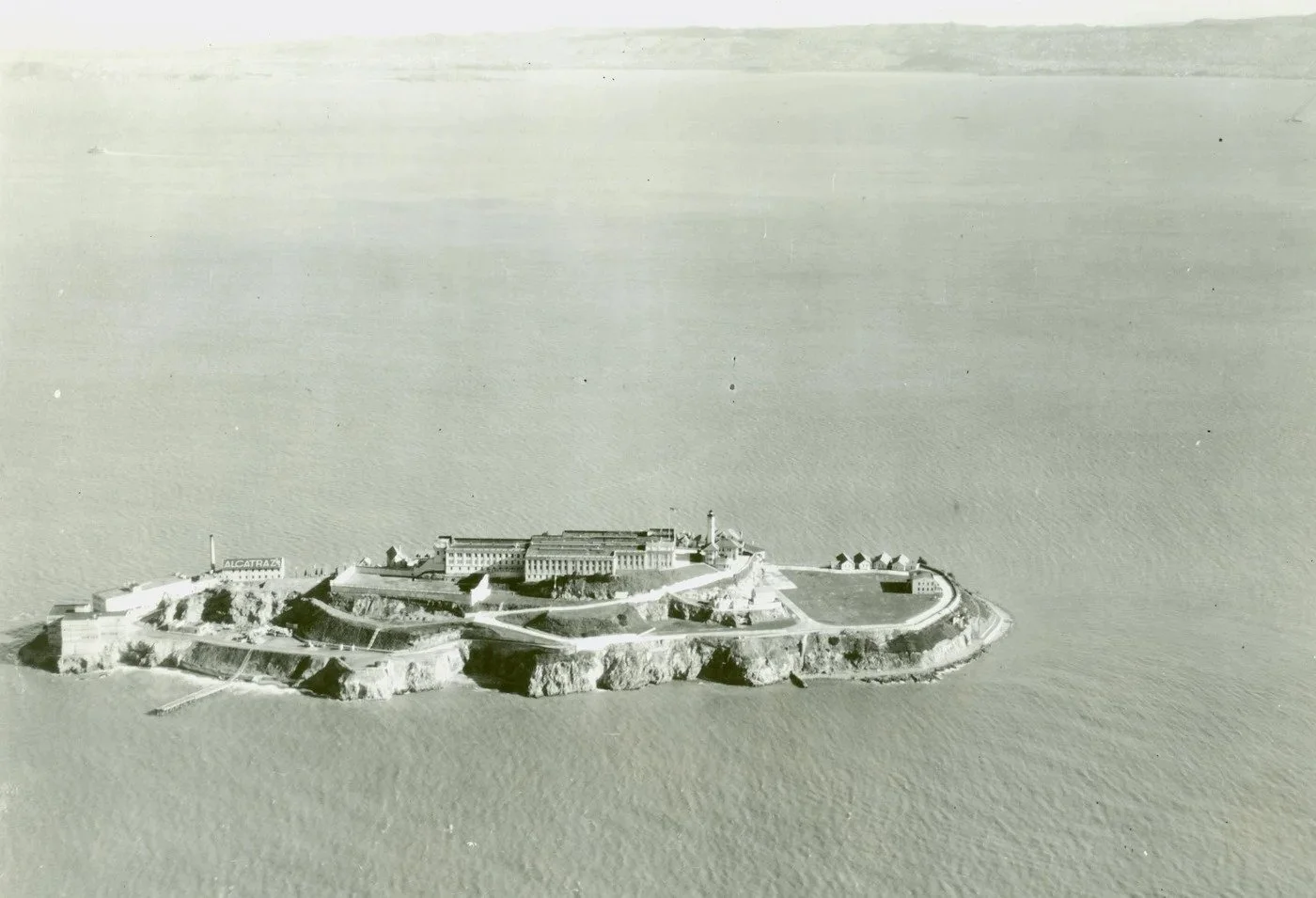Raincoats and Rafts: The Alcatraz Escape
/Clarence anglin, john anglin, frank morris | photo courtesy OF Getty IMAGES
The 1962 escape from Alcatraz involved three prisoners who went above and beyond to defy the famously inescapable prison located on an island in San Francisco, California. Frank Morris and brothers John and Clarence Anglin masterminded a plan so intricate it would remain one of the most captivating prison escape mysteries in history.
For years, Alcatraz was considered inescapable. The location and status of the prison supported these assumptions, the cold and choppy waters daunting to any prisoner there. Guards were stationed at all points, and the prison had strict routines that made it nearly impossible for anyone to go undetected.
Did the Alcatraz escapees manage to survive the icy waters of the San Francisco Bay, or did their attempt end tragically?
The Escape
DUMMY HEAD OF FRANK MORRIS | PHOTO courtesy of fbi
Without causing any suspicions, the three prisoners began preparing for the escape, spending around 18 months chiselling around the air vents in their cells with kitchen utensils. Over time, they managed to expand the vents and squeeze into an unguarded utility corridor. Using plumbing pipes, they climbed to the cellblock roof, lifted themselves through a large ventilation shaft and reached the roof of the building. After sliding down a large exterior pipe to the ground, the three men cut through the barbed wire and climbed down to the water’s edge.
To hide their activities, the prisoners crafted impressive painted paper-mâché dummy heads of themselves, complete with real human hair taken from the prison barbershop. This ensured that the guards would not expect an intricate plan to have taken place during their routine nighttime bed checks. Sure enough, the guards suspected nothing until the early morning check when the inmate count revealed three had gone missing.
Prisoners with a history of attempted escapes were sent to Alcatraz, such as the intelligent strategist Frank Morris. It was him who crafted the idea of building an inflatable raft by gluing together rubber raincoats that had been stolen from the prison shop. Until this day, it is unclear whether or not the raft helped the prisoners drift away from the island before it eventually broke apart, or if they had swam the majority of the way there.
The Mystery
SUSPECTED IMAGE OF THE ANGLIN BROTHERS | PHOTO courtesy OF new york post
The official investigation assumed that the men had likely drowned due to the strong currents and temperatures during the time of their escape. Pieces of the homemade raft and personal items belonging to the prisoners, such as a wallet, were found during the investigation, leading officials to further believe they succumbed to their deaths. Yet, no bodies have ever been found, leaving room for debate.
Over the years, evidence has fueled speculation that they did indeed escape. Members of the Anglin family have claimed that the brothers survived. According to Ken Widner, a nephew of John and Clarence Anglin, a photo seemingly depicting the brothers was given to the family in 1992 by a family friend named Fred Brizzi. This photo continues to be under heavy speculation, with investigators analyzing the arm lengths and features of the two men in the image.
Many studies and simulations have been conducted over the past few decades, some arguing that the prisoners would’ve had a small window to survive the currents. A Dutch study has shown that, if their timing was right, they could’ve had a chance. The team of researchers concluded that if the three men had left at midnight and headed north, the current could’ve carried them to the land. Although if they had left before midnight or after 1am, the tides would’ve been incredibly difficult to fight against, causing them to eventually die of hypothermia.
Elite swimmers have attempted the Alcatraz swim, helping historians and investigators gather information on the endurance needed to survive it. The expedition, which is around 2 miles from Alcatraz Island to the shore, is difficult for even the world’s greatest swimmers. These athletes are professionally trained and have many advantages the prisoners did not, which has allowed many of them to successfully complete the journey. Despite ongoing interest, no conclusive evidence has emerged to prove whether the three fugitives truly made it to freedom or met their tragic end in the waters of the San Francisco Bay.
While the case remains open and the mystery is broken apart, do you believe their attempt at freedom was successful?
Rachael LeBlanc is a student at Algonquin College currently studying in the Professional Writing program. She has moved across Canada throughout her life and currently lives in Ottawa, Ontario. She has a passion for poetry, fashion, ancient history and competitive horseback riding. With a strong interest in writing about true crime and all of the thought-provoking, gripping stories that come with it, Rachael is determined to captivate audiences with the ghoulish details of true crime and horror.







